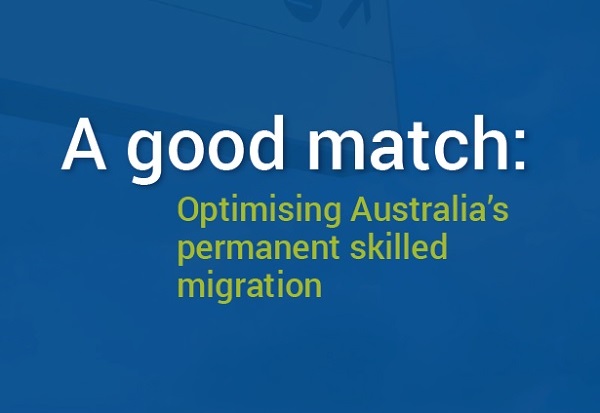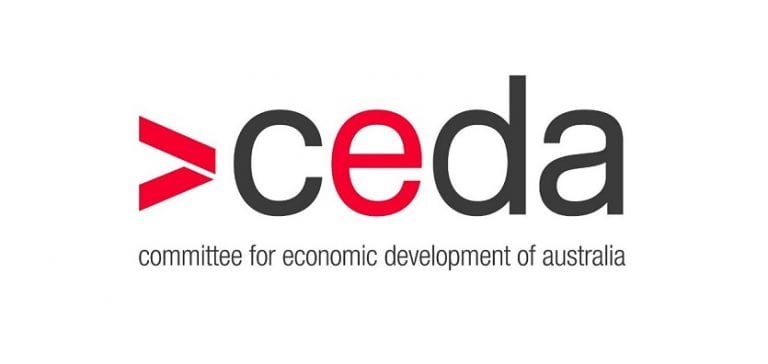REPORTS
A good match: Optimising Australia’s permanent skilled migration
Permanent migration has been a central feature of Australia’s economic development over the last century. Australia welcomed more than seven million permanent migrants in the last 70 years, of which more than two million arrived in the last decade.
On average, these migrants are younger than the Australian population, more likely to hold post-secondary qualifications and facilitate important foreign trade and investment relationships. As CEDA demonstrated in its Effects of Temporary Migration report, recent waves of migrants have not had an adverse impact on the wages or jobs of Australian-born workers.
The permanent migration program has evolved over time in line with economic imperatives, political attitudes and societal expectations. However, it has retained a consistent focus on selecting migrants with the skills to complement the domestic workforce.
The skills focus has intensified in the last 25 years as skilled migration became the dominant stream of the permanent migration program and Australia’s points-based skilled migration system became the envy of advanced economies around the world. Other nations such as the United Kingdom have sought to replicate Australia’s program to maximise the benefits of migration and retain community support for it in the wake of Brexit.
Permanent skilled migration and the economy
COVID-19 has disrupted these long-term trends as the health response restricts offshore arrivals. Australia therefore confronts its first period of net negative migration since World War II. This will be a substantial drag on economic growth and exacerbate the long-term headwinds of an ageing population. At the same time, policymakers and the community will be focused on elevated rates of unemployment and helping domestic workers transition to new occupations, even as pockets of skills shortage persist in some critical sectors.
Australia’s skilled migration system has served us well, but there are areas where it can and must be improved.
Despite the apparent success of the permanent skilled migration program, our research highlights that nearly a quarter – or about 23 per cent – of permanent skilled migrants in Australia are working in a job beneath their skill level.
The cost of this skills mismatch among permanent skilled migrants is significant. We estimate at least $1.25 billion of wages foregone for permanent skilled migrants who have experienced skills mismatch between 2013 and 2018. There are also broader economic costs, including lost productivity and innovation, as companies are unable to access the critical skills they need in rapidly emerging and high-growth occupations.
We found the permanent skilled migration scheme that had the broadest lists of eligible occupations and lacked employer involvement had the highest rates of skills mismatch. For example, more than 32 per cent of state-sponsored migrants were working at a lower skills level than their nominated field. In contrast, employer-sponsored migrants experienced the best outcomes – only 13 per cent were working at a lower skills level than their nominated field.
Of those who had difficulty finding work in any occupation, 33 per cent blamed having insufficient Australian experience. The most cited reasons were a lack of local work experience and local networks, followed by language difficulties.
SHARE:

About the Provider






